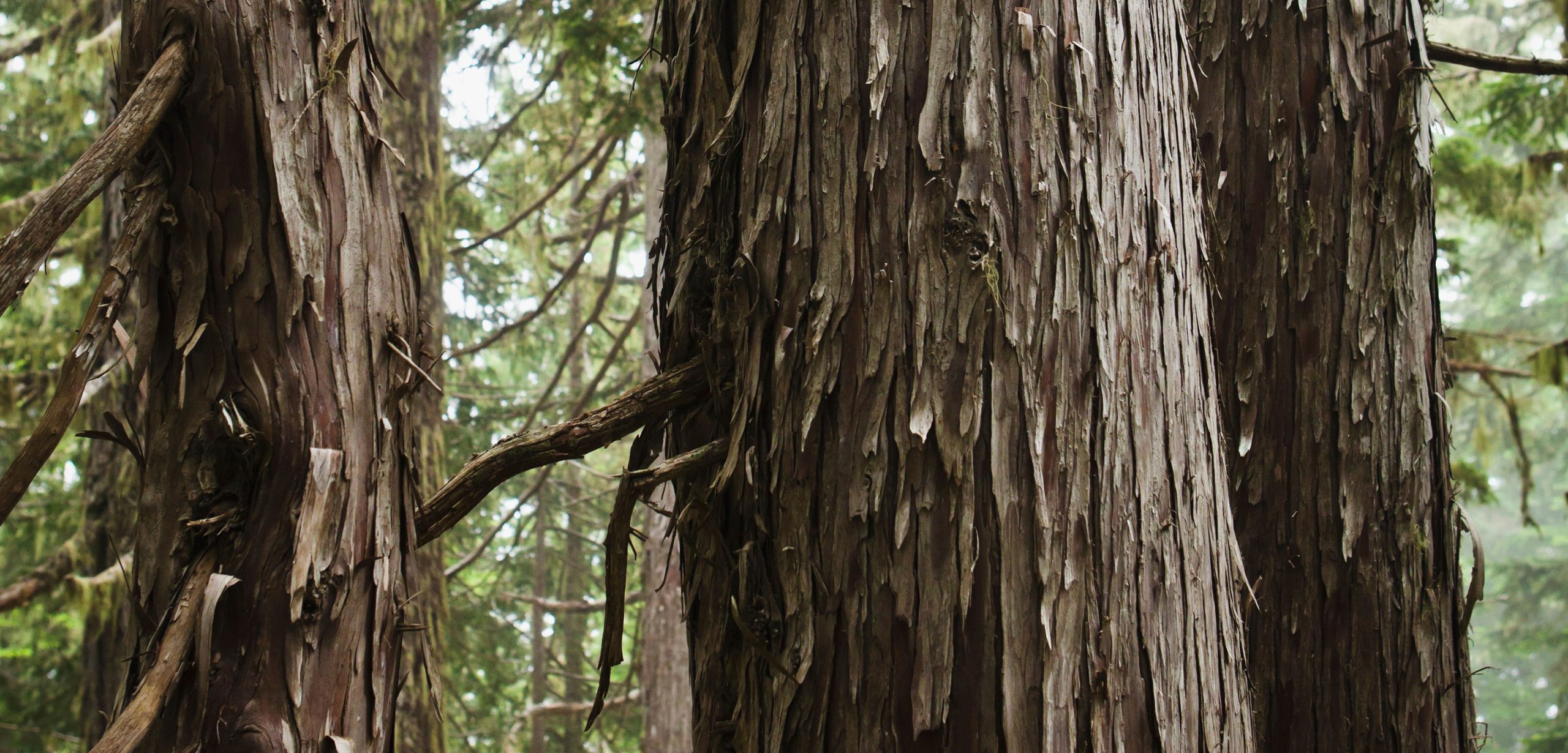It’s Happening Now: Climate Change Is Killing Off the Yellow Cedar
Actually proving a species is being affected by climate change, and not some other factor, is incredibly difficult.
Article body copy
You can see the dead and dying from the air.
In coastal Alaska and British Columbia, swaths of yellow cedar trees are losing their needles and withering away. Under normal conditions, these economically and culturally valuable trees can live 1,000 years or more, but enough of them are dying that the trees are now being considered for protection under the US Endangered Species Act.
A yellow cedar’s demise is not instantaneous. It takes years for a tree to die, slowly, from the inside out. It has similarly taken a long time to prove exactly why these trees are dying.
After three decades of searching, scientists have finally resolved the cause: climate change.
“Yellow cedar is dying because of warmer weather,” says Paul Hennon, a forest pathologist with the US Forest Service in Juneau, Alaska. But getting to that conclusion—and ruling out reams of other potential causes—took years of detective work.
Hennon started looking into yellow cedar decline back in 1981, and says he didn’t expect finding the answer to take so long. “In my field, sometimes you can figure out why a tree is dying in just a few minutes,” he says. “You peel back the bark and maybe find that it’s loaded up with beetles.” If that beetle species has a reputation as a tree-killer, you have your culprit.
“When we started looking, I really thought we’d find a root disease,” Hennon says. “That’s almost always caused by a fungus.”
Hennon and other researchers spent a few years looking into the fungus question. They dug up roots, isolated any soil fungi that were present, and then grew the fungi in cultures until they had enough to identify them. If they found a fungus they thought may be a threat, they tried sticking it to seedlings to see if it caused any problems. None did.
They then moved on to other possible causes, including viruses, insects, and nematodes (a type of roundworm). Hennon describes this as a deductive process: “We asked, what are the major threats to forests? We started ticking them off.”
Nothing panned out. “We started to run out of possible biological causes,” Hennon says.
That’s when they went broader, looking at soil composition and mapping out where trees were dying or healthy. That spatial approach got them closer. The cedars, they found, were dying at low elevations where the soil was wet and roots were shallow. “We started to cook up this hypothesis that it was a freezing injury affecting the shallow roots,” Hennon says. Proving that wasn’t easy.
In addition to their main support roots, yellow cedars have a series of very fine feeder roots, which supply trees with water and nutrients. These feeder roots are normally ephemeral. “They die and turn over on a cycle,” Hennon says. Still, they noticed that many of the trees they dug up were devoid of feeder roots.
Hennon’s partners in Vermont tested root tissue by exposing them to colder and colder temperatures and measuring how badly the cells were damaged. That’s when the truth was revealed: although yellow cedar lives in very cold environments, the species is actually quite vulnerable to extremely cold weather.
That’s where climate change comes in. Snow in coastal environments normally acts as insulation from the coldest weather. It keeps soil in this region at temperatures just above freezing. Climate change, however, means less snow, which can lower soil temperatures to -5 °C—which is lethal to the roots.
If snow patterns weren’t changing, yellow cedars wouldn’t have a problem. But warming weather not only means that some winters have less snow, they can also be followed by an influx of colder continental air from the interior of British Columbia and the Yukon.
That’s the irony of yellow cedar decline: “It’s freezing to death in a warming climate,” Hennon says.
These conditions don’t happen every year, and the researchers now feel it takes several injurious seasons to kill a yellow cedar tree.
Hennon says there’s little that can be done to help save a dying tree, but their research has revealed clues on how to manage the species in the future, possibly by making sure they are planted in areas that will continue to have snow or where the soil is deeper and drier, so the roots can penetrate more deeply.
That’s important, since yellow cedar is culturally valued by indigenous communities in the United States and Canada. It’s also an economically important wood, valued for its slow decay rate.
Now that the cause of death has been determined, Hennon says researchers are concentrating on the survivors. “There are many places where the cedar is healthy,” he says. Knowing where they’re doing well may provide additional clues about how to keep them around for many more thousands of years.

